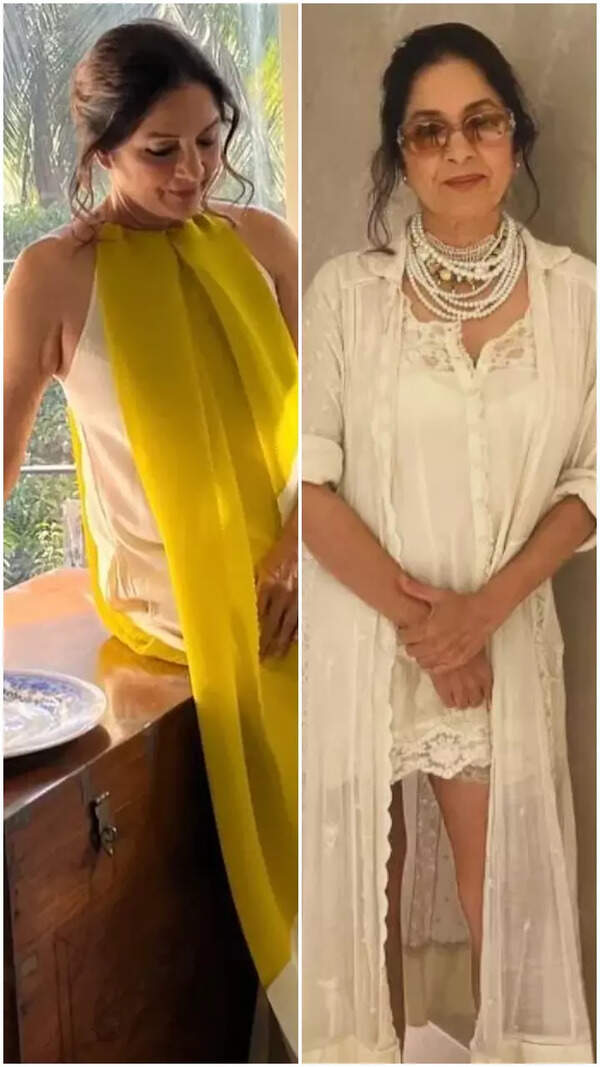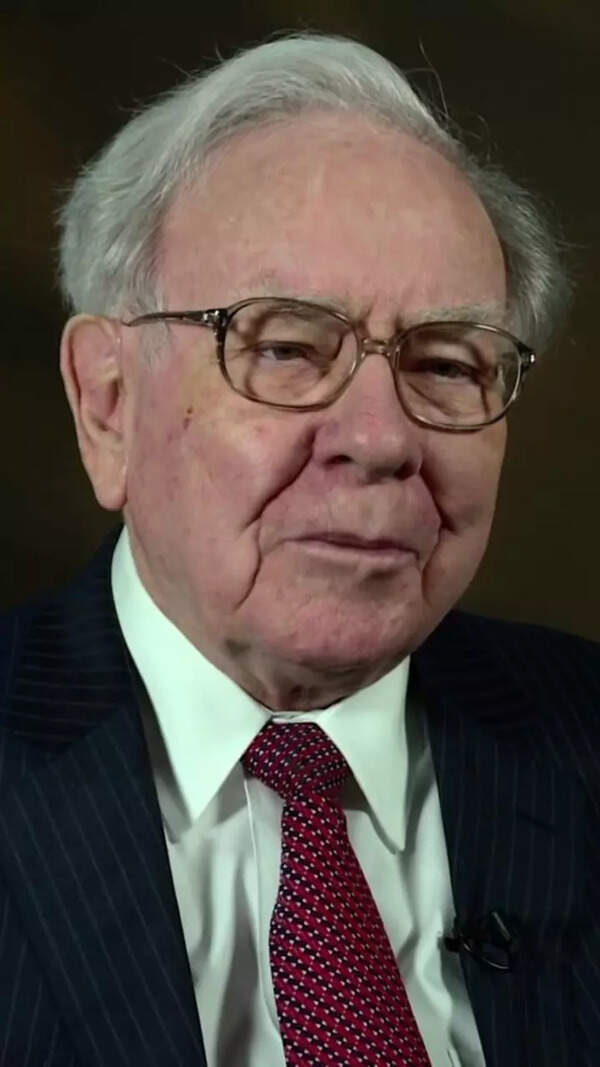- News
- City News
- ahmedabad News
- Fading guardians: Only 1k GPs for A’bad
Trending
Fading guardians: Only 1k GPs for A’bad
At 82 years, Dr K R Sanghvi has seen four generations of several families as a general practitioner (GP). He remains among the few octogenarians still active in the medical field, seeing patients at his clinic every day. "When I started about half a century ago, the world was different. We handled everything from deliveries to accidents. The nature of community-level diseases was different and our involvement in patients' lives was much more than transactional," Dr Sanghvi recalls.
Ahead of World Health Day on April 7, TOI spoke to the ‘first responders' of public health — general practitioners, mostly MBBS doctors — about their changing practice. Dr Pragnesh Vachcharajani, general secretary of the Federation of Family Physicians Association of India, noted that the Ahmedabad Family Physicians Association (AFPA) has about 720 registered members.
You Can Also Check: Ahmedabad AQI | Weather in Ahmedabad | Bank Holidays in Ahmedabad | Public Holidays in Ahmedabad
"Even if we count 300 non-members, we have only around 1,000 doctors for a city with a population exceeding 70 lakh. The rise of smaller hospitals, specialised practices and the evolving nature of treatment are the reasons behind the declining numbers. When I started practice in Ghatlodia about three decades ago, six general practitioners served an area of 3 square kilometres. Today the number has come down to three," he said. "It is a phenomenon observed across India."
"When I started in the 1980s, postgraduation seats were limited and it was easier to start a practice in a locality. Consultation was relatively cheap and society trusted doctors. I have attended social events organised by many of my patients. That golden age of GPs is behind us," he said. "Today's rapidly changing world has transitioned from paper records to app-based services.
The city still has hole-in-a-wall clinics — AFPA data indicates relatively higher concentration of such traditional clinics in eastern city areas — where the doctor behind a desk instructs a compounder to hand over prescribed medicines of vibrant colours and different shapes and sizes to the patient. However, these have largely been replaced by air-conditioned clinics, where MBBS doctors associated with civic bodies, govt-run or private hospitals practice.
Dr Manoj Kodwani, 40, is among the ‘younger generation' of MBBS practitioners. "Today's aspiring doctors believe that people consult specialists for specific problems – GI specialists for stomach issues, paediatricians for children's problems," he said. "Many pursue foreign education whereas the majority opt for further specialisation for better career prospects. But I believe we are still relevant, especially for addressing issues such as lifestyle diseases."

About the Author
Parth ShastriEnd of Article
Follow Us On Social Media







